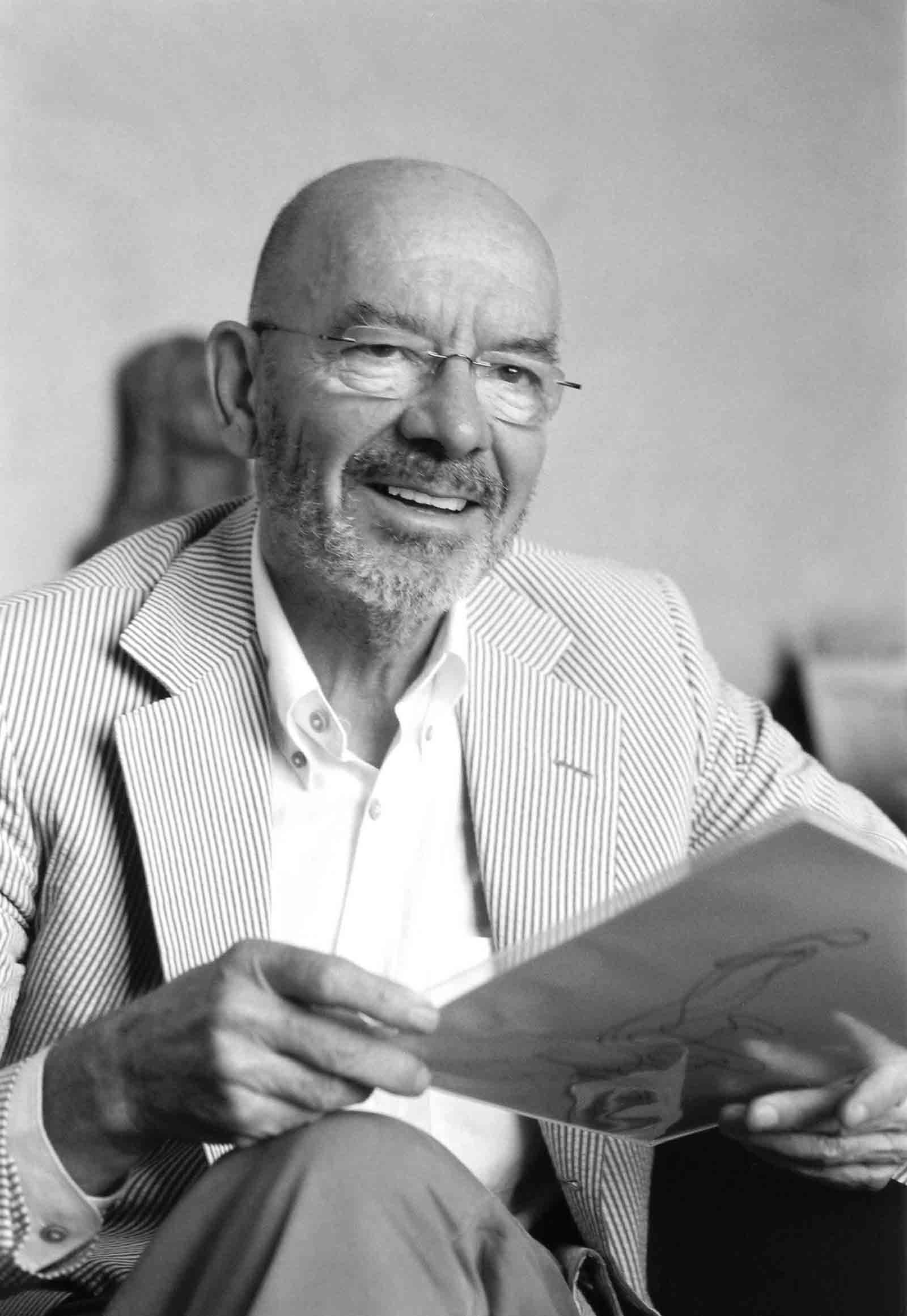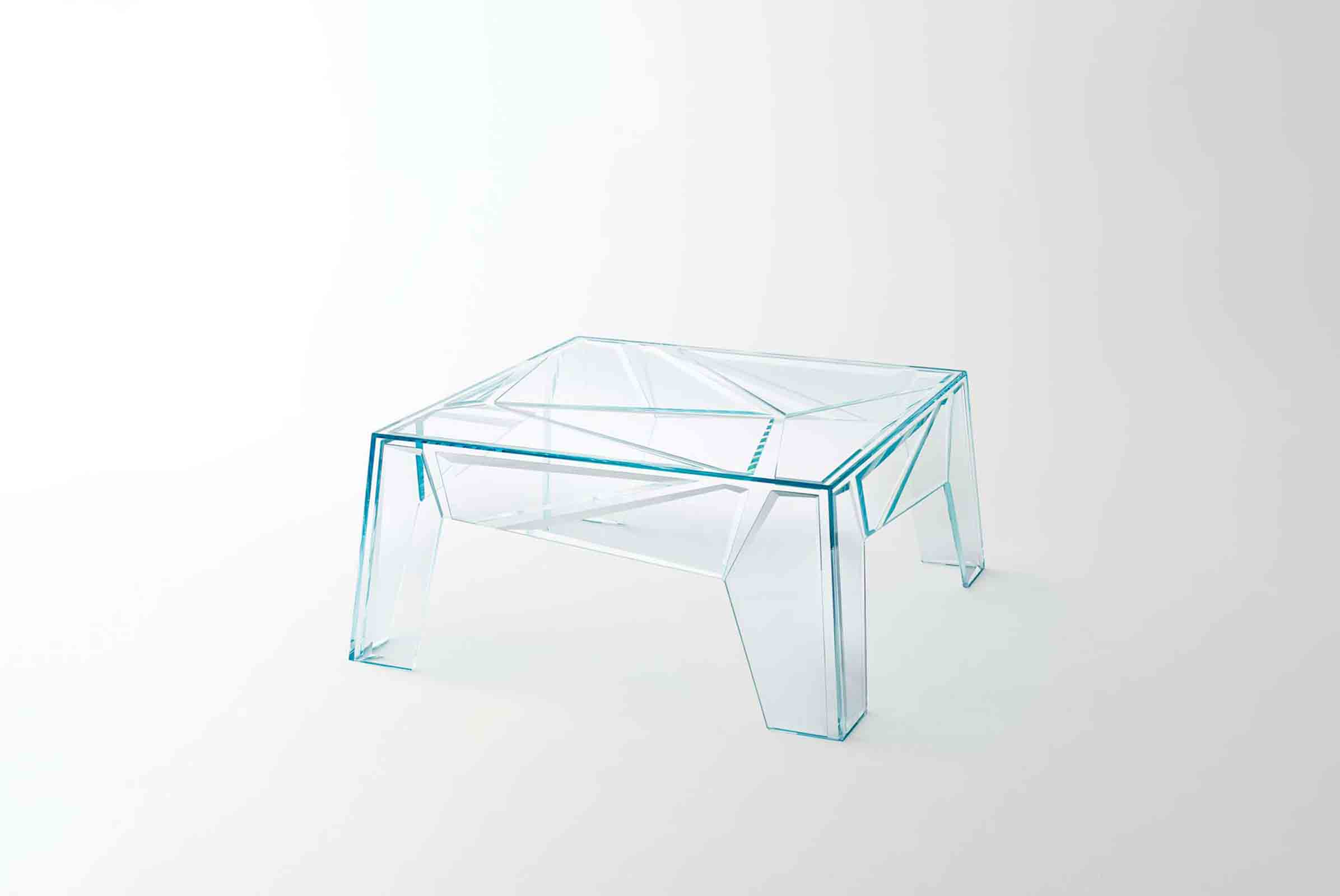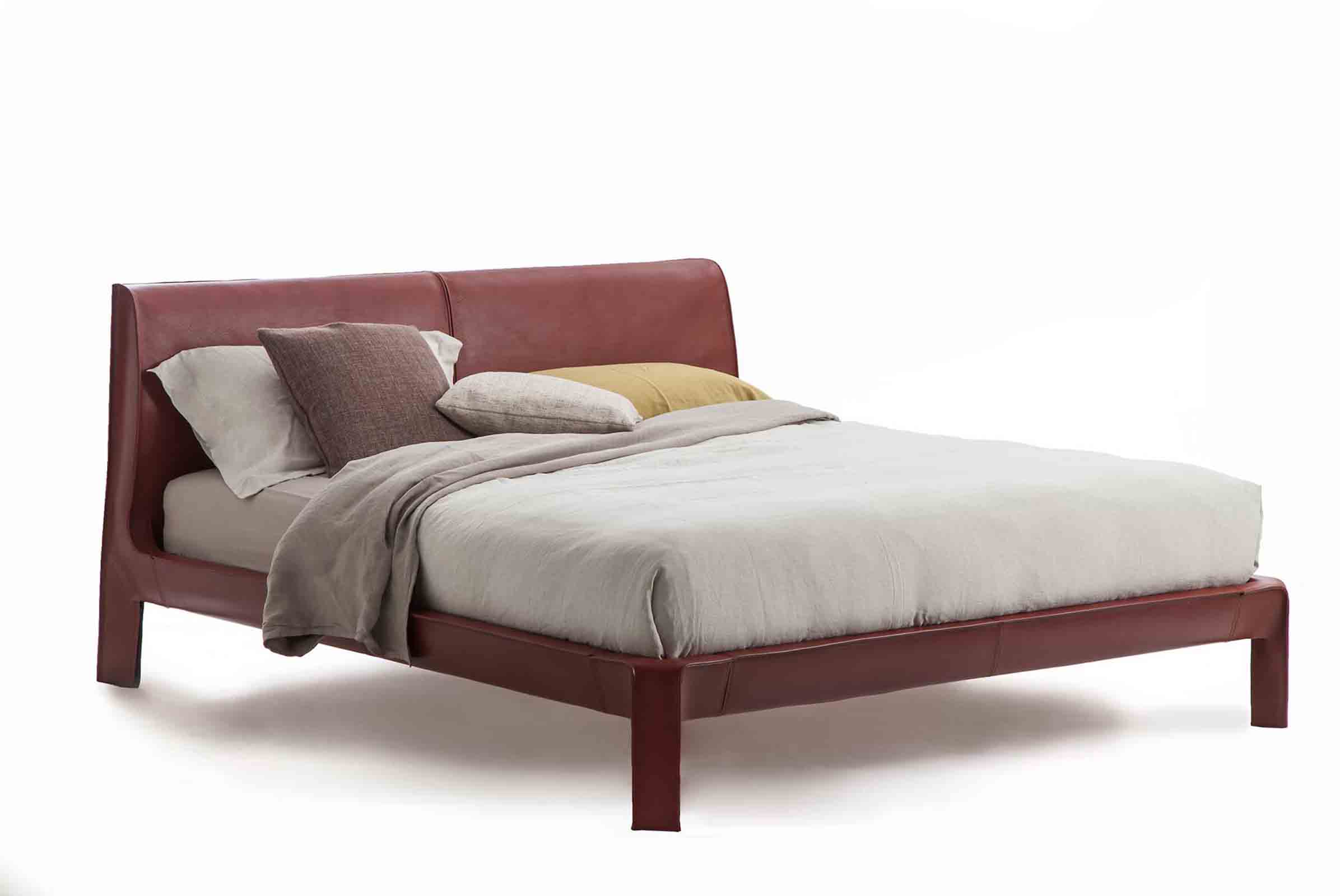Italian Masters

We speak with multi-disciplinary, mulit-award-winning designer Mario Bellini about what being an Italian designer means to him
With the theme of this year’s Business of Design Week being Italian design, what does it mean to you to hail from that tradition?
Literally, it means to be an Italian architect because traditionally my way of being an architect and designer refers back to the famous masters of the twentieth century, who didn’t used to specialise in the narrow fields but were widely interested. Take Le Corbusier as a symbol. I’m always interested in the full and diverse scales of design and projects, be it architecture, interiors, furniture, machines, objects, environment and so on. That’s the way I feel myself most involved because all of what you design has an influence and an effect on a lot of things.
I hate to be a specialist; it means you are finished, complete. I want to keep myself curious and open, flexible to all changes. When you are curious and endlessly interested in looking around, understanding more and more, travelling up and down, asking yourself more questions, you’re much more alive and effective in carrying out ideas and finding answers.
That leads nicely into my next question: What is it that's unique about Italy that firstly, most of its designers train as architects and then go on to work on all different scales, ranging from furniture and object design all the way up to city plans? It seems to be an Italian phenomenon.
Our particular cultural condition in Italy makes us involved and surrounded by so many levels of culture and things. First, we live in a country where wherever you turn your head, there's art and culture, monuments and paintings, and man-made landscapes. So even if you don’t know or understand it, you are surrounded by a continuous fabric of art and culture and exhibiton, past, present and future. We feel it is normal for us to exist in this condition.
And that is possibly the best disturbance we have living in Italy. Even in Milan, which isn’t Venice or Florence, as you go around, you have super modern things and very nice building and then the Basilica of Sant'Ambrogio with deep cultural meaning and value. Wherever you turn as you walk around, you are surrounded by possibilities, opportunities, suggestions. And so, we live in a kind of theatre.
For example, when I studied at the the Politecnico in Milan, my professors used to be Ernesto Nathan Rogers, Gio Ponti and Portaluppi. And I live in a house designed by Portaluppi, full of furniture designed by Ponti. I had the opportunity to have his pieces in my house.
For us, it is absolutely normal and natural to be involved, as they say, from ‘spoon to the city’; it’s very natural to be involved in multi-layer solicitation and opportunities. And especially as an architect, you have this privilege.
I wouldn’t like to have been trained by a so-called pure industrial design school, which I don’t consider a perfect model of school. Architecture is the base of everything — you have the city, then the buildings and houses, the monuments and then interiors and finally the objects and furniture and machines. And this system of things interact all with each other, forming your total cultural and physical environment.
As told to / Jessica Vahrenkamp











